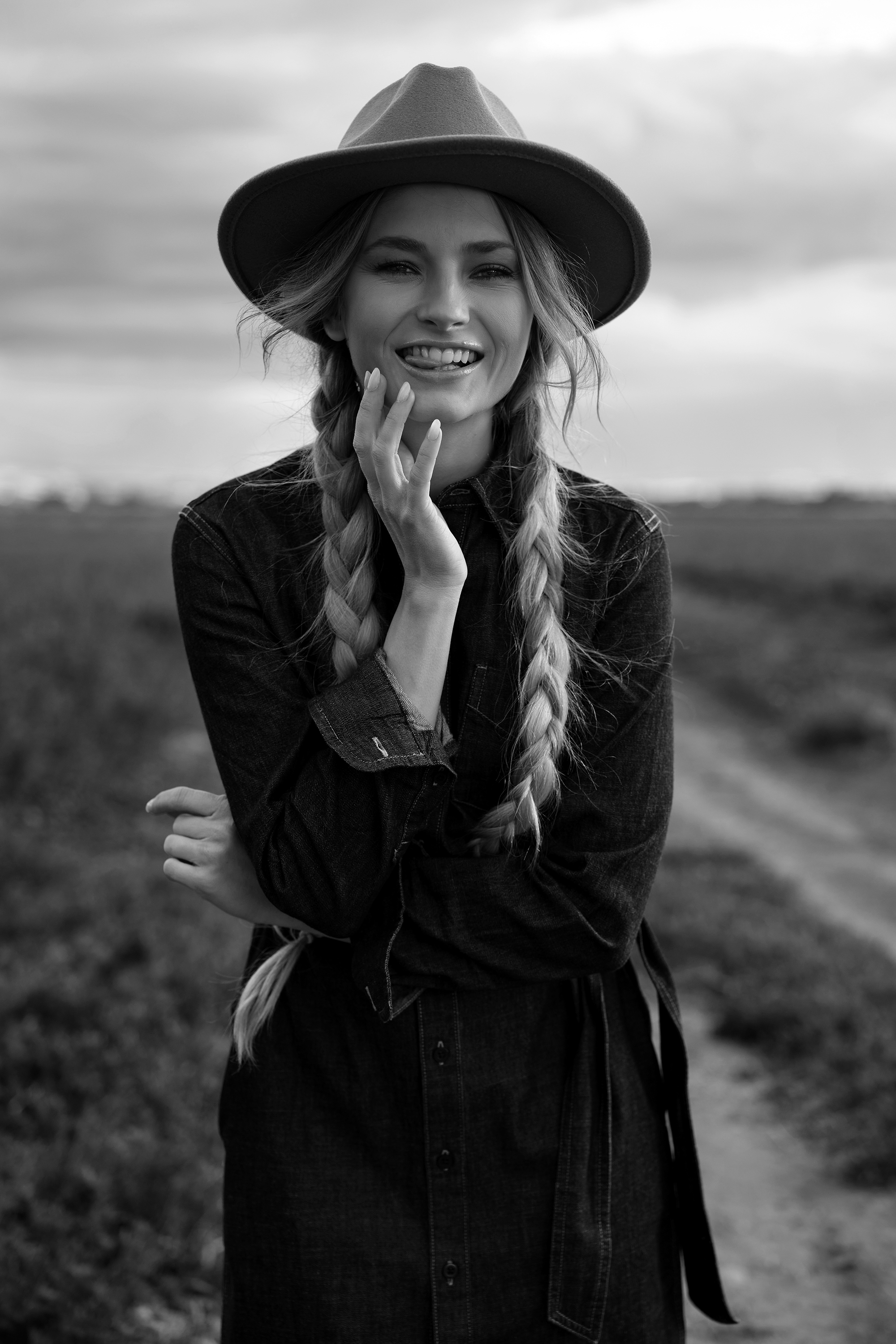I used to be very intimidated by the idea of working with people when I started. Working with inanimate objects was much more appealing: they didn’t talk back, or so I thought. But, they also didn’t add much to images either. Portraits can be impactful when you develop a rapport and capture the person’s essence. Successful posing cues help bring it together quicker.
We hate banner ads too. Download our app for iOS, iPad, and Android and get no banner ads for $24.99/year.
Most people want to feel comfortable and are self-conscious about how they will photograph. But we can put them at ease by knowing how to work with them and building their trust. Below are a few tips for building confidence on set and taking better portraits. Once you build their trust, anything is possible.
Table of Contents
Create a Waistline
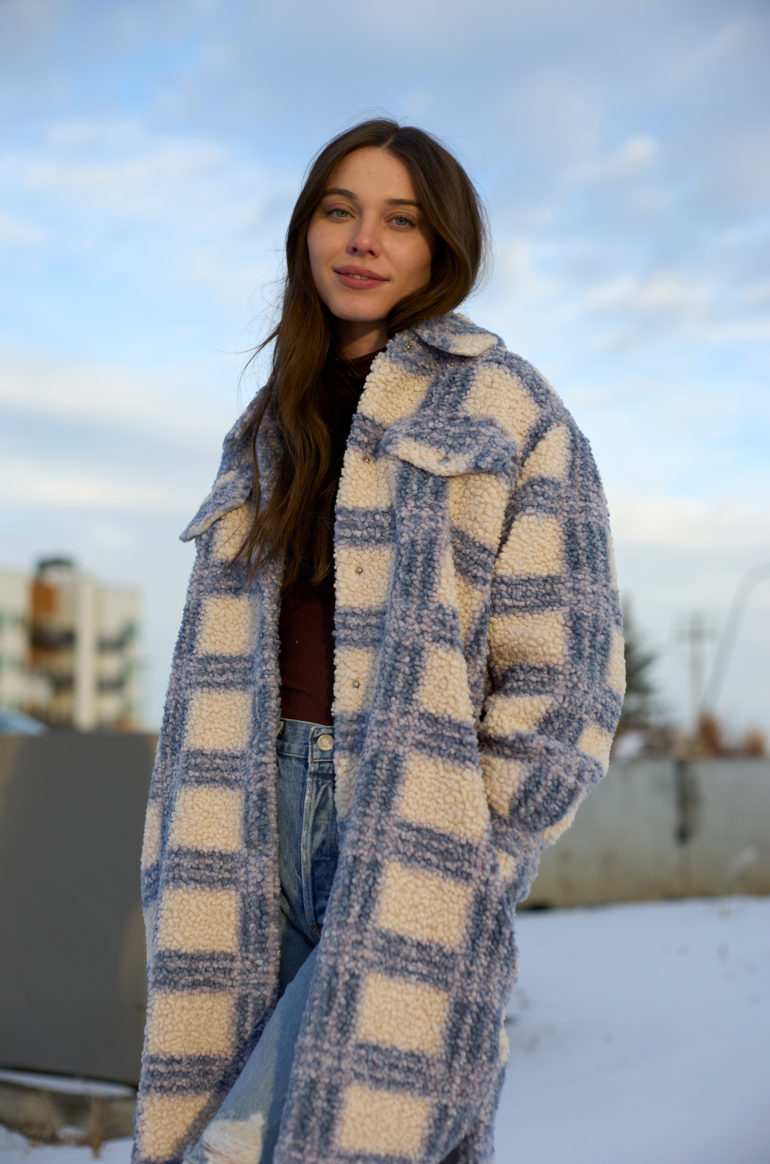
Women are typically more nervous than men about the infamous notion of the camera adding ten pounds. The following is a great simple go-to for men and women. Have them get asymmetrical with the camera and place their weight on their back foot. Cue them to bring their shoulders down and back. I like to tell them to roll their shoulders back a few times so that I can see where it looks the most flattering. It’s also therapeutic as our shoulders usually hold tension. Direct them to bend their elbow slightly and pull it back about an inch or two. This is a great starting point to have them place their hand on the hip, in their pocket, or gently on the side of their thigh.
These verbal cues naturally elongate the neck while simultaneously emphasizing a waistline, therefore creating better portraits. Directing the elbow back is especially helpful to define a waist when the styling entails oversized clothing. The other hand can be less posed: placed in the pocket or gently at the side. I tend to direct asymmetry, even if both hands are doing the same thing, as it tends to yield the best results. This pose works regardless of styling. Subtlety is always best and will keep it feeling more natural. If your client is good at taking direction and moving, have them slowly change it from side to side. On the flip side, have them shake it out and start over if it starts feeling too static or stiff.
Forehead to the Lens
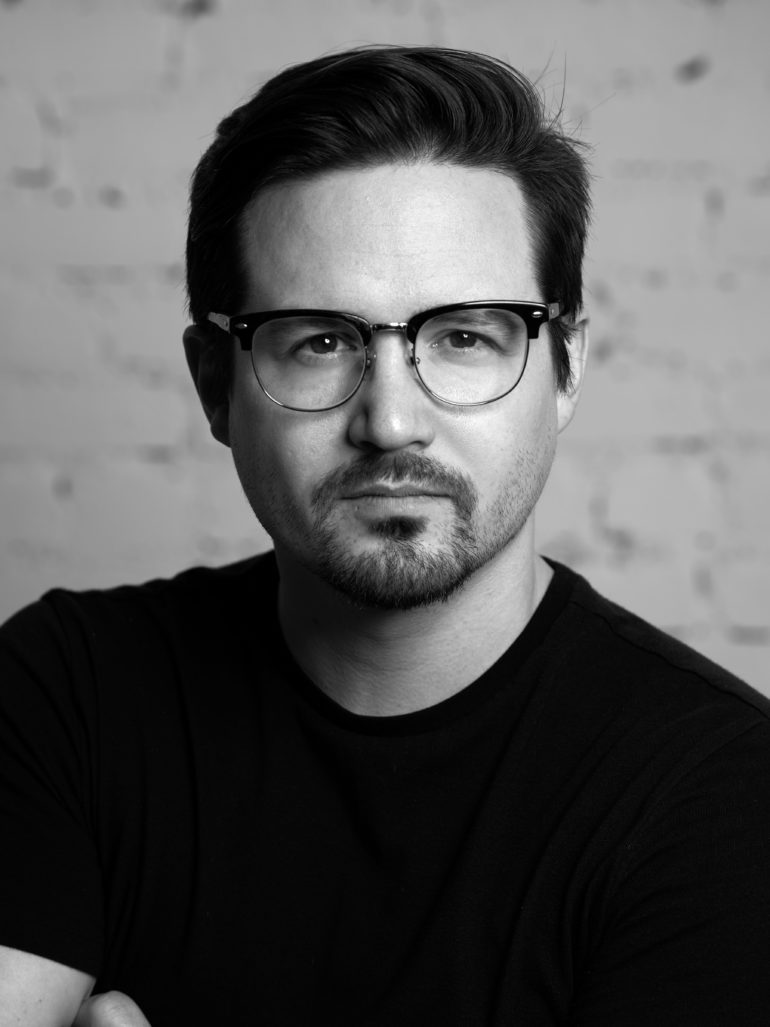
Men and women can appear to have a double chin if the angle is wrong. It doesn’t matter how much or little they weigh. The best cue I have found is directing them to move their forehead to the lens. I used to direct their chins, and it took a while to undo the pigeon-like reaction.
Whether you are shooting low, from a high vantage point, or straight-on, this always works. Have your client bring their forehead to the lens every time they make eye contact. From there, it’s easy to have them transition to looking over the shoulder and laughing.
Direct the Mood
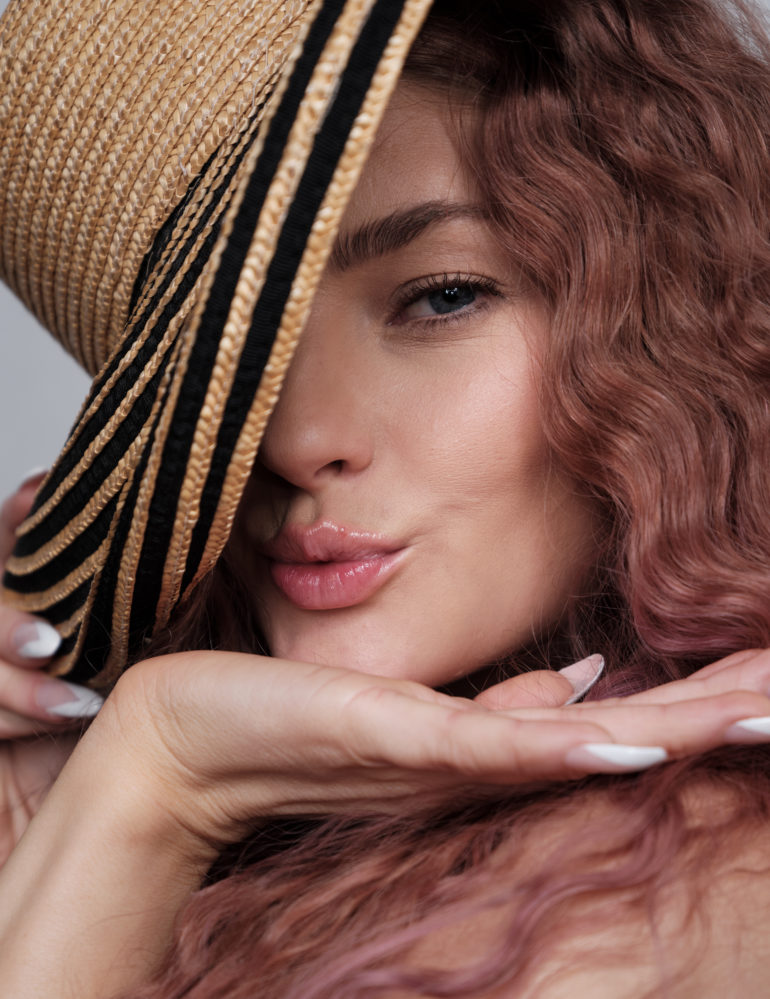
We frequently use verbal cues like fun, playful, flirty, sensual, or moody when directing our clients. But what does that look like? What exactly is the mood? Is it strong and powerful, approachable, or soft and serene? Is it more feminine or masculine? Have a clear understanding of what that looks like to you.
Paint the mood onto a blank canvas that is easy for your clients to understand and relatable. For example, if I want a little flirty, I often have them envision their significant other. Sometimes it is the infamous smize where the mouth is soft with the eyes smiling.
Start joking around with them and laughing together to get a genuine smile. Laughing is infectious, no matter how silly it feels at the onset of that moment. A great way to get a magnanimous smile is to have them fake laugh and then quickly transition to blue steel. They almost always laugh after the transition and deliver what I was after.
Pop culture references tend to work well here. If you know the client, that is a bonus. Connect with them on moments of your shared history to direct them into your desired frame.
Bringing It All Together for Better Portraits
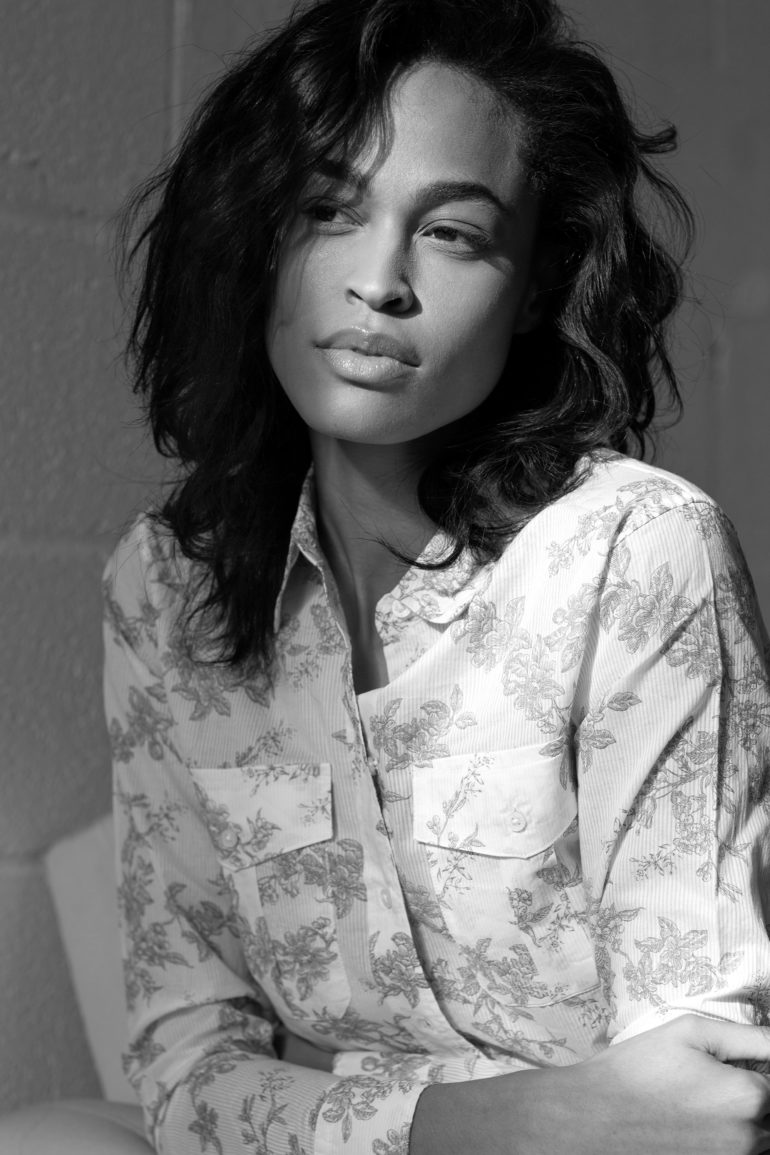
I have found the most success with directing my portrait clients in this order. I start with the basic pose and proper head placement. Then we direct the mood. From here it is really easy to create your own flow and patterns. It is always towards the end of the shoot that the magic begins to happen. Do not be afraid to bring it home during those last few minutes and go for it. Have fun, change up the mood, and pose every few frames. You have built a rapport and garnered their trust. Use it to your advantage.


